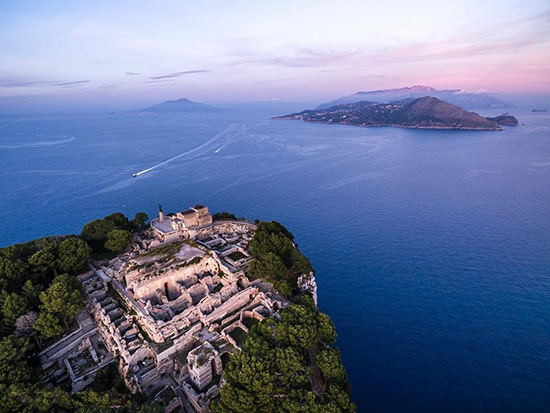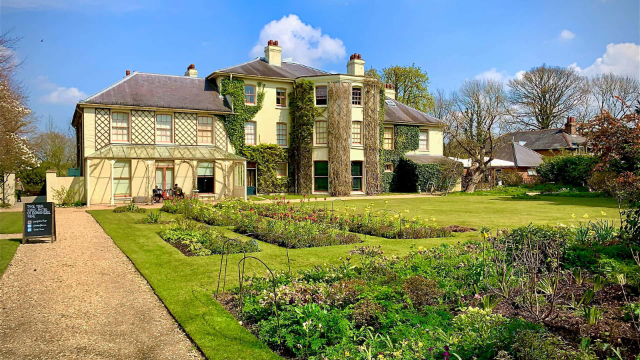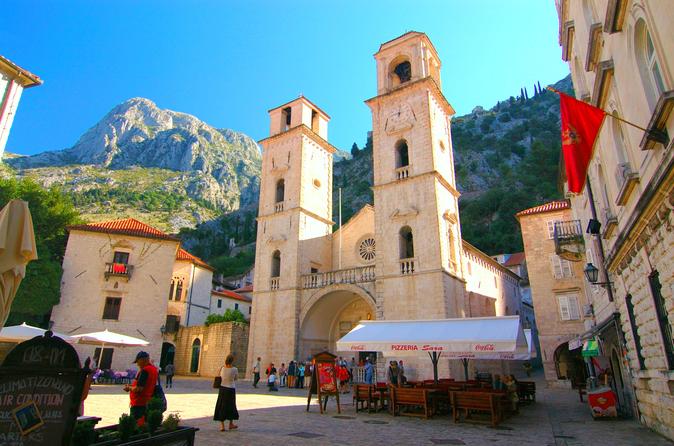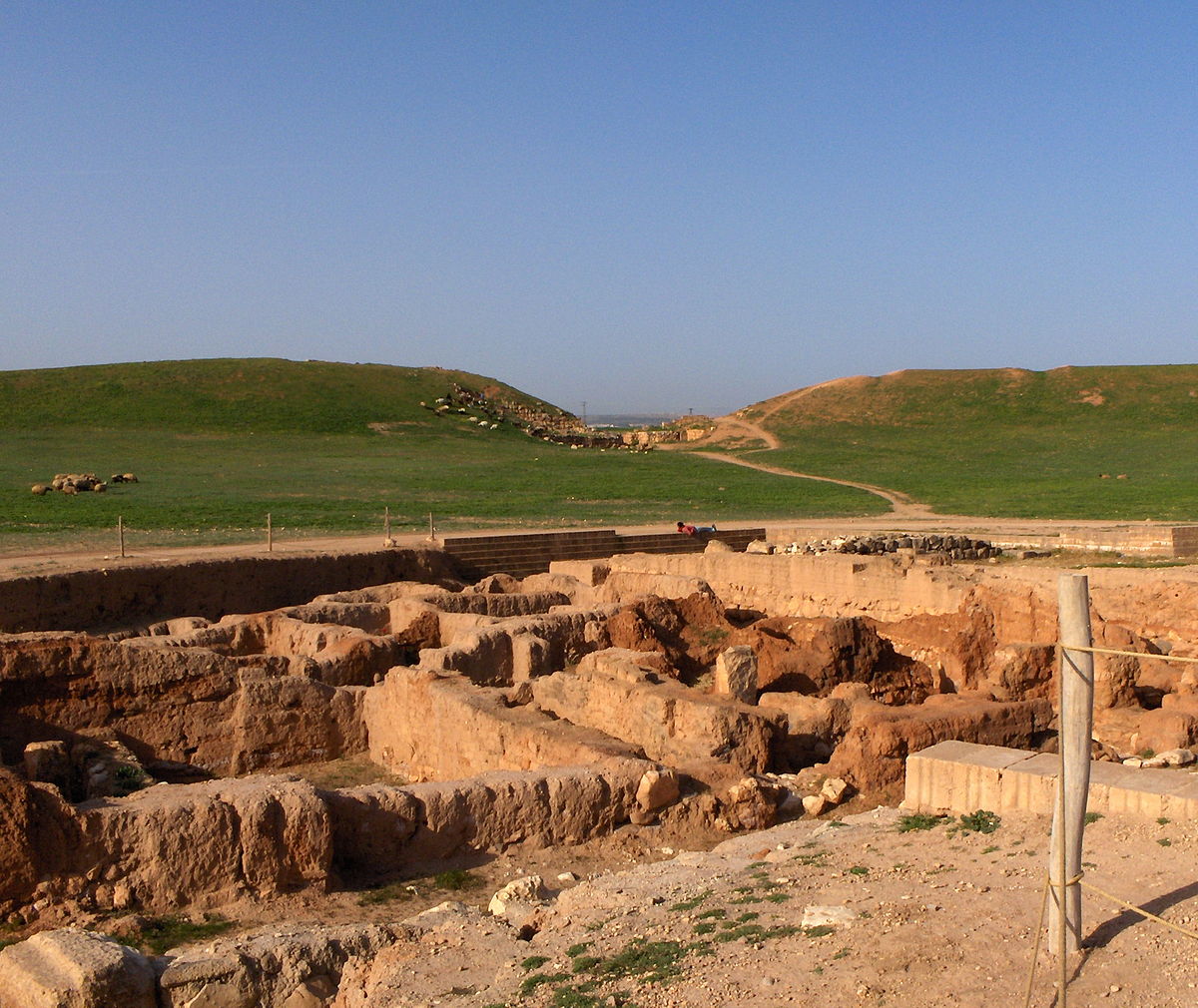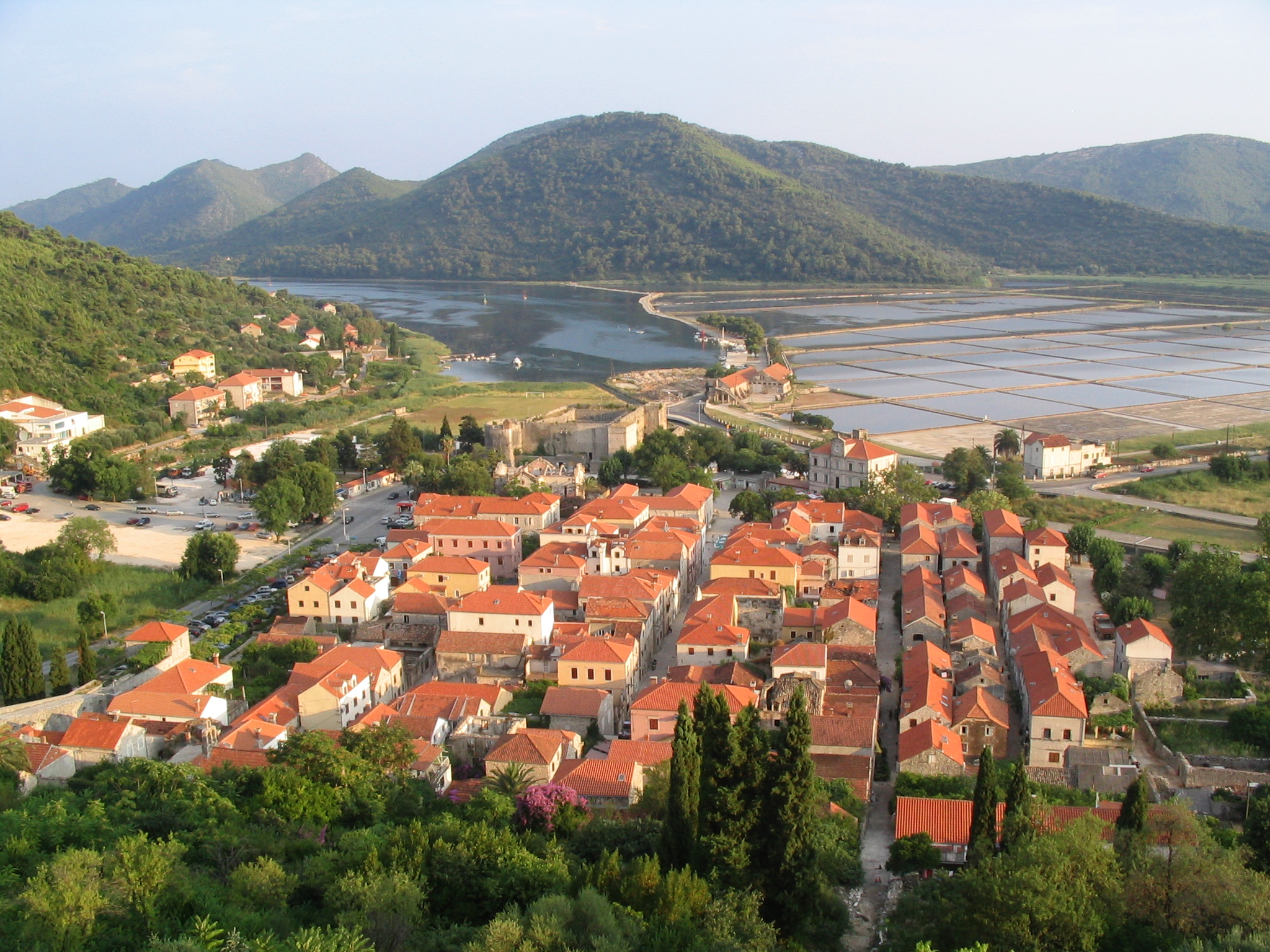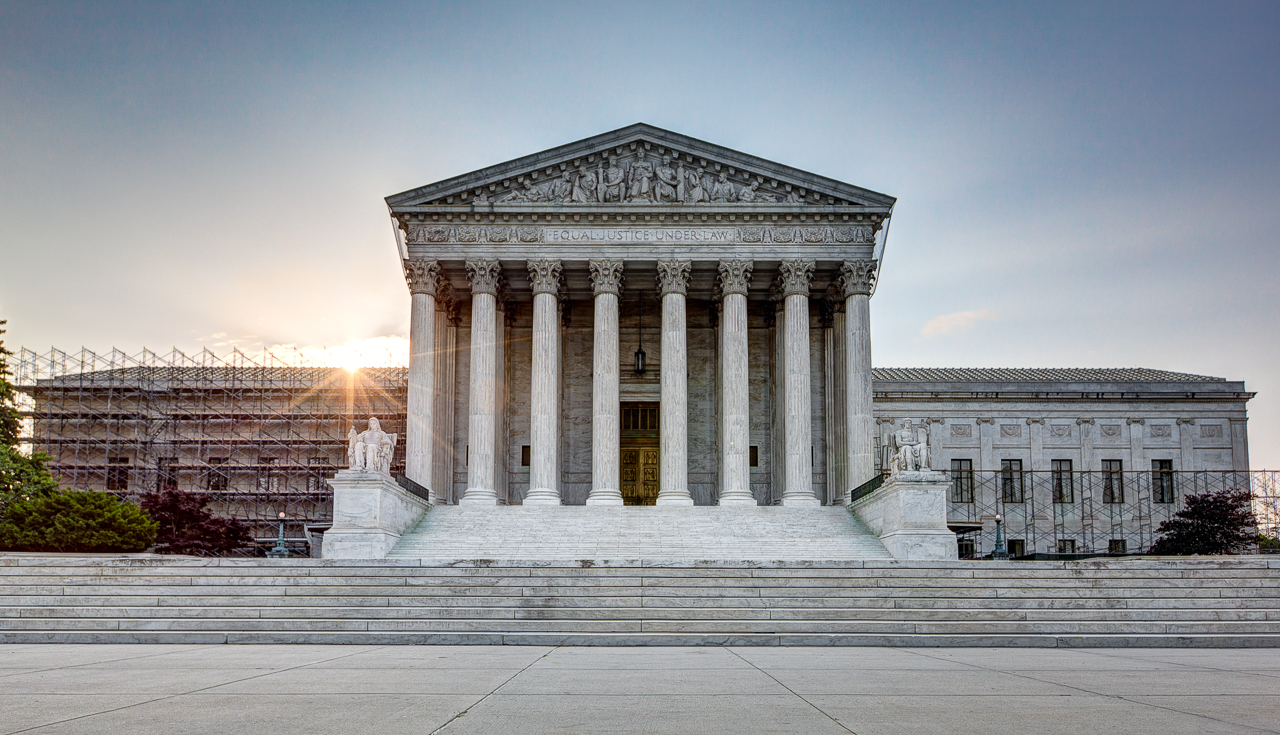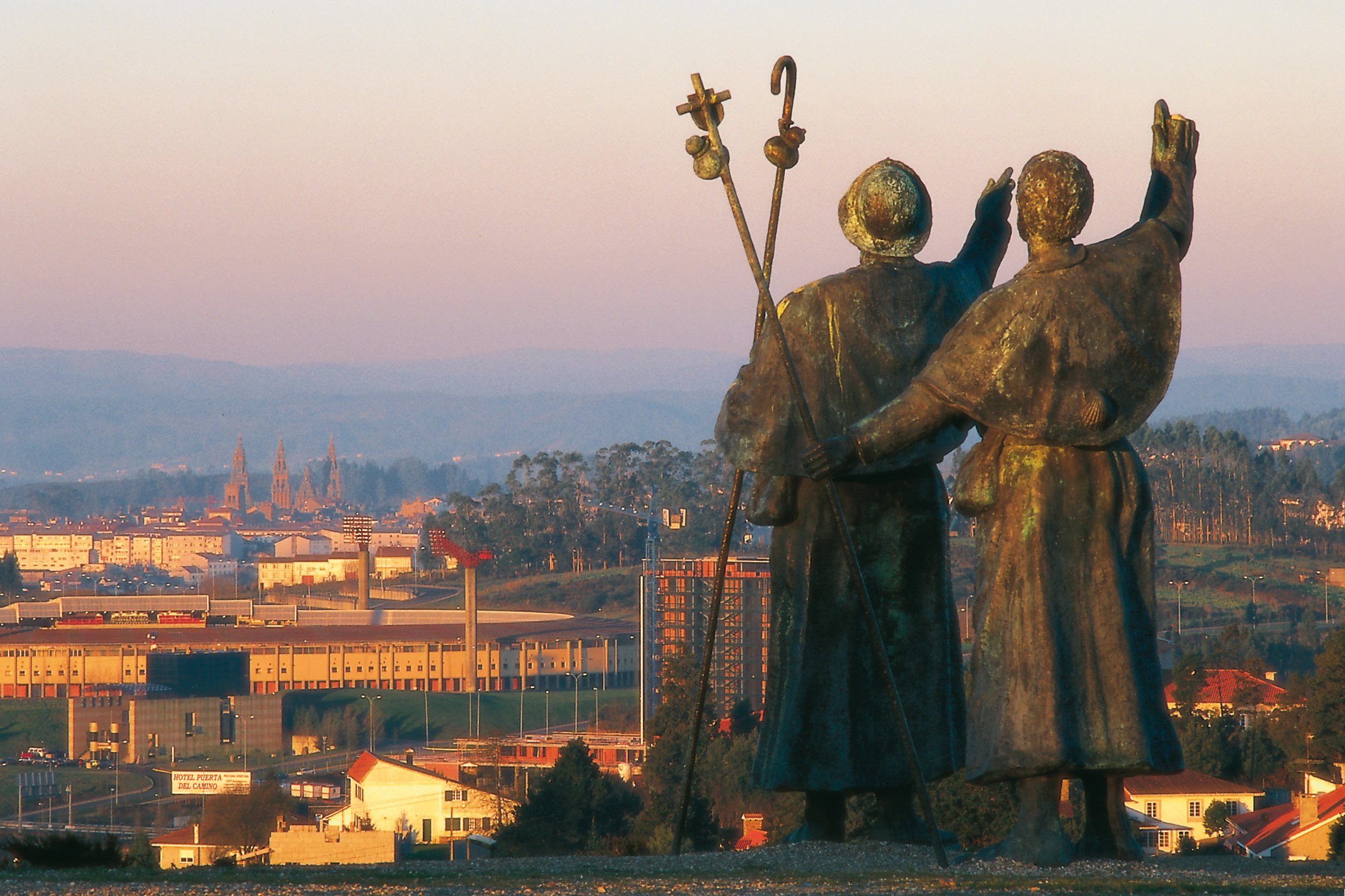Situated overlooking the sea, on an eastern promontory of the island of Capri, the Villa is the largest and most sumptuous complex of Tiberius’ ancient dwellings, which – as Tacitus said – seems to have been twelve.
Excavations carried out in 1935 brought to light a vast building, which gravitates around a large central quadrilateral in which cisterns are located. Access to the palace is via ramps leading up to the so-called avenue of myrtles and ending in a vestibule, which precedes a tetrastyle atrium with four bases of white marble, on which four columns of cipollino marble stood. The adjacent rooms were used for the guardhouse. A wide corridor with a white mosaic floor leads to a second vestibule, from which one passes, to the east, to the upper floor occupied by the bathroom and quarters. The bathroom, which extends along the entire side of the building, is composed of a series of five rooms parallel to the corridor; in the calidarium (for bathrooms with hot water) there are two apses, one with a bathtub, another with a bronze basin for the ablutions. The west side had a multi-storey building for the servants, with equal rooms arranged along a corridor. The quarter of the imperial residence, on the other hand, which is accessed via a ramp, is composed of a large hemicycle hall and smaller rooms; while the private accommodation for the emperor, located on the extreme peak of the mountain and facing north towards the interior of the island and west on the sea, secluded from the rest of the palace, consisted of three rooms: an entrance hall, with a canopied terrace in front, and two rooms with spacious windows and floors of polychrome marble inlay.
